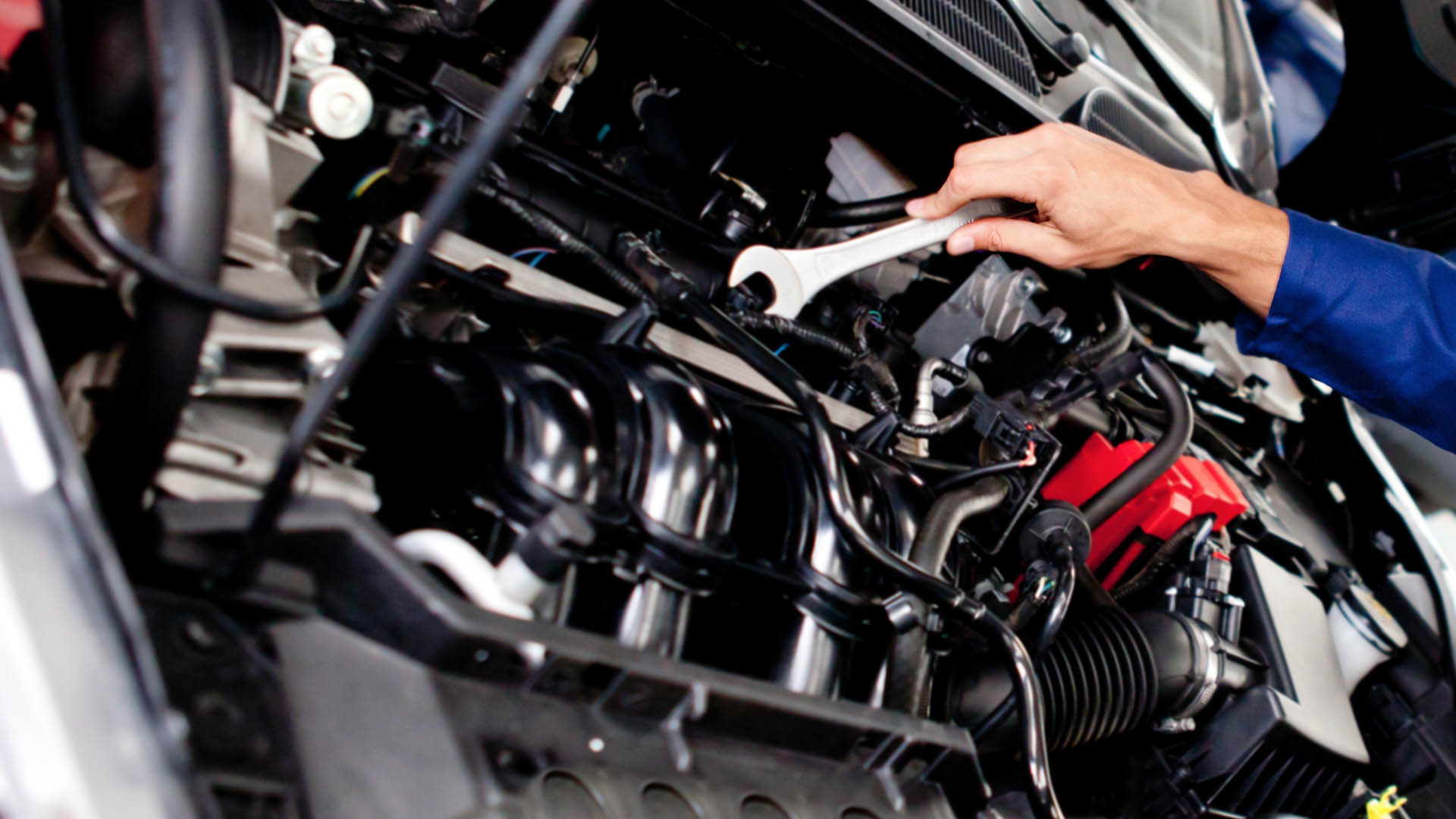As you most likely know, the engine produces tremendous heat while working. If you have ever popped the hood and made the mistake of touching a part of the engine after running it for a while, then you know that a properly cooled engine is also hot enough to touch.

Here Emanualonline Reviews share some suggestions for engine heating and cooling system inspection.
Most vehicles will run anywhere between 195 degrees and 220 degrees. In practically all vehicles, even current vehicles, checking the motor temperature will not reveal the careful temperature to you, although basically the range from low to high will appear.
Depending on the vehicle, the 'normal' level of engine heat can change anywhere from midway up to below midpoint. Anything within that range is fine. As you want the engine to be accustomed to your vehicle's baseline for temperature, as indicated on the gauge. If you know how far your engine typically runs in terms of temperature level, you will be able to notice when something changes. You can face a serious problem before you can recognize a problem.
Some older cars do not have a temperature gauge, instead of of a light that turns blue when the engine temperature is in the normal range and turns yellow or red when the engine is above a certain temperature range. With vehicles like these, if you come on yellow or red lights, you want to take immediate action.

Engine coolant system:
To understand some of the most common causes of engine overheating, it is good to get information about the basics of engine cooling. Most modern automobiles use a liquid cooling system to reduce heat to drive and heat the engine. In a liquid cooling system, the coolant (usually a mixture of water and antifreeze) is circulated through the engine to absorb heat and then transported to the radiator to dissipate that heat.
For the radiator to dismantle the radiator efficiently, a radiator fan ensures that the radiator has sufficient airflow to function properly. A water pump is responsible for transporting the coolant from the radiator to the engine and back again in the cyclic process. The three most important pieces of the cooling system are the radiator (and its fan); Hoses transporting coolant through the engine and radiator; And the water pump is responsible for keeping the coolant running. If any of those components fail or encounter failures, it may result in poor performance or a failed engine cooling system, which will result in your engine overshooting.

Leaking Cooling System:
If there is a leak in your vehicle's cooling system, it allows air to enter the system. It is a misconception that a leak in the cooling system causes your car to heat up because of significant amounts of a coolant leak. The more common problem is that air enters the cooling system and eventually creates a bubble of air known as an 'airlock'. If an airlock occurs, the cooling system is not able to circulate the coolant, which currently traps any coolant in the engine. That coolant becomes super hot, and the engine may overheat rapidly.
These are some suggestions for engine heating and cooling system inspection. If you face any problems with your vehicle, Visit Emanuelonline Reviews in Delaware (USA).

 Log in with Facebook
Log in with Facebook 





